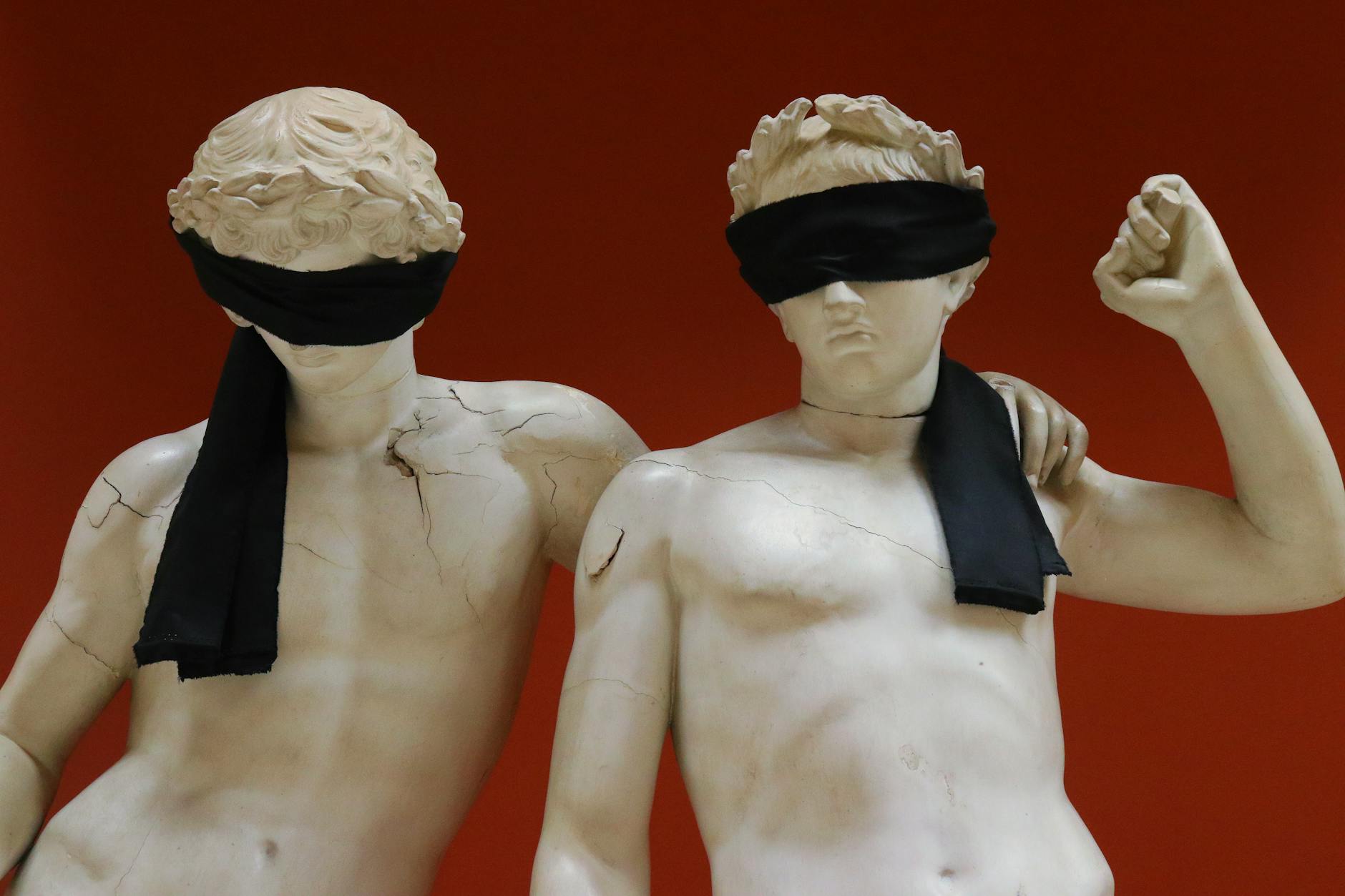Psychedelic art, identified by its vibrant colors, complex shapes and patterns, has long been associated with heightened states of perception induced by mind-altering substances. However, a closer look at this genre reveals that it is not merely a hallucinogenic fantasy, but a symbolic journey infused with a profound understanding of spirituality, mysticism, mythology, and surrealism.
In this exploration of psychedelic art, we seek to decode its fascinating symbolism, and discover the meanings, icons, and motifs that breathe life into each piece.
Primarily, psychedelic art owes its origins to the counterculture movement of the 1960s, heavily influenced by the use of psychedelic substances such as LSD, psilocybin, mescaline, and cannabis. However, the substance was more than a tool; it served as a channel, opening up artistic and spiritual connections and allowing people to tap into the unexplored realms of their consciousness.
Star-splattered skies, morphing landscapes, sacred geometry, interwoven flora and fauna, are common motifs that dance across the psychedelic art canvas. They are not just random expressions but symbolic representations of nature, interconnectedness, transcendence, and the infinite potential of the human mind. Such depictions speak volumes about the consciousness and awareness of the artist, and contribute significantly to the spiritual connection that psychedelic art aims to convey.
The influence of mythology on psychedelic art is significant; it aids in validating ancient narratives, and further visualizing concepts of creation, existence, and transcendence. The interpretation of age-old symbols such as the ‘third eye’ and the ‘serpent’ pervades psychedelic art, serving as strong reminders of the human bond with the supernatural and the unknown.
One cannot explore the world of psychedelic art without delving into the realm of surrealism. This avant-garde movement, characterized by dreamlike scenarios and impossible juxtapositions, infused the inherently disorienting nature of hallucinations into artworks and yoked them to shared cultural symbolism. Psychedelic art and surrealism share the ambition to disrupt our perception of reality, to make the viewer question and explore the limits of their own consciousness.
Psychedelic art often incorporates totemic figures such as the multi-armed deities from Hinduism or Buddhist mandalas, a testament to the genre’s deep-rooted connections with Eastern spirituality and mysticism. These icons are not chosen randomly; they are revered as manifestations of the divine, manifestations of the artist’s deep spiritual awakening, hinting at concealed truths of the universe.
Moreover, the visuals in psychedelic art often create an intense, unbroken pictorial flow, symbolic of the perceived oneness of the universe, a universal truth that resonates in various spiritual traditions.
Much like the colorful, kaleidoscopic visuals dance in a swirl of far-flung concepts, concepts such as death, rebirth, the cyclical nature of time, duality, and illusion are threaded with symbolic ways that resonate deeply with viewers, prompting them to reconsider their preconceptions and look beyond the obvious.
Today, psychedelic art serves as a powerful visual conduit of cultural, spiritual, and philosophic lessons, often reflecting unique interpretations of universal truths or unseen realities. This genre encourages us to reinterpret the world around us, promoting a deeper understanding of unity and interconnectedness.
In conclusion, psychedelic art is far more than trippy illustrations or a ‘drug-induced’ fantasy. The symbolism woven into each piece offers a glimpse into the darkest and brightest corners of human consciousness. By daring to decode and comprehend such symbolism, we are accepting an invitation to traverse the human psyche and engage with concepts that extend far beyond conventional reality and perceptions. Such an exploration can be an enlightening process, paving the way for a broader, more inclusive understanding of art, spirituality, and ultimately, ourselves.




